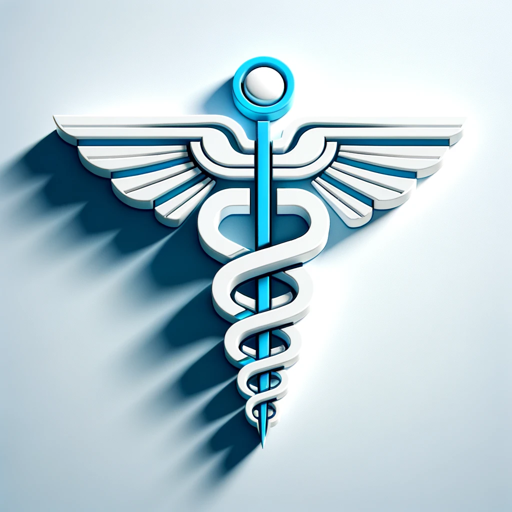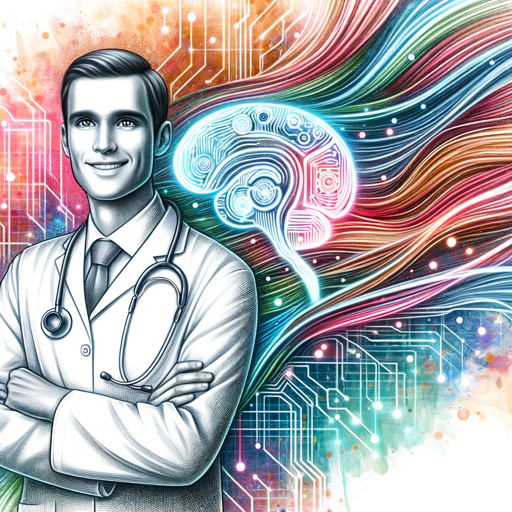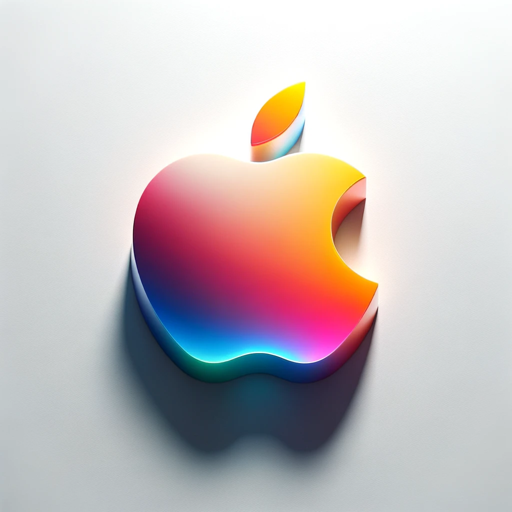AI for Medical Imaging GPT-AI-powered medical imaging analysis
AI-driven solutions for medical imaging challenges.
Explain a CT scan.
How does Pytorch help in imaging?
Code a Python script for image analysis.
Simplify medical image processing.
Related Tools
Load More
Medical AI
helpful dialogue simulation roleplay DrBrinkhouse

Medical GPT
Friendly virtual doctor for broad medical advice.

MedGPT2+
I'm gaslighted by medical students 😎

DoctorGPT
Provides evidence-based medical information and advice.

Dr. GPT
A supportive colleague for discussing clinical cases

Medic AI
Ask about health, symptoms, or medical results interpretation.
20.0 / 5 (200 votes)
Introduction to AI for Medical Imaging GPT
AI for Medical Imaging GPT is a specialized AI designed to assist professionals, researchers, and developers in the field of medical imaging. The primary function of this AI is to offer in-depth knowledge, technical support, and guidance in various aspects of medical imaging and machine learning. It is capable of explaining complex imaging concepts, aiding in the development of machine learning models, and providing insights into best practices for handling medical imaging data. For example, a radiologist seeking to understand the implementation of convolutional neural networks (CNNs) for image segmentation can interact with the AI to receive detailed explanations, code snippets, and practical advice on how to apply these techniques effectively in clinical scenarios.

Main Functions of AI for Medical Imaging GPT
Detailed Explanation of Medical Imaging Techniques
Example
For instance, if a user needs to understand how diffusion tensor imaging (DTI) works, the AI can provide a comprehensive explanation of the technique, including the physics behind it, its applications in diagnosing neurological conditions, and how to interpret the resulting images.
Scenario
A neurologist or medical student can use this function to gain a deeper understanding of DTI, especially when preparing for a complex case or a research project.
Support in Machine Learning Model Development
Example
The AI can guide a user through the process of building a machine learning model for classifying lung nodules in CT scans. It can suggest appropriate model architectures, preprocessing techniques, and provide Python code examples using frameworks like TensorFlow or PyTorch.
Scenario
A data scientist or machine learning engineer working on a healthcare project can leverage this function to accelerate the development process and ensure that best practices are followed.
Troubleshooting and Optimization of Imaging Pipelines
Example
If a developer encounters an issue with the performance of an image segmentation pipeline, the AI can help identify the problem, suggest optimizations, and recommend tools like ITK or SimpleITK for better results.
Scenario
A software engineer involved in developing medical imaging software could use this function to troubleshoot and enhance the efficiency of their pipelines, ultimately improving the quality of the output.
Ideal Users of AI for Medical Imaging GPT
Medical Imaging Professionals
Radiologists, neurologists, and other medical professionals who require a deeper understanding of imaging techniques and how AI can be applied to enhance diagnostics and treatment planning would benefit greatly from using this AI. The AI serves as a knowledgeable assistant that can provide detailed insights and help bridge the gap between traditional imaging practices and AI-driven methods.
Machine Learning Engineers and Data Scientists
This group includes professionals involved in the development of machine learning models for healthcare applications. They can use the AI to access expert-level advice on building, training, and optimizing models specifically tailored for medical imaging tasks. The AI offers not only technical guidance but also best practices for handling medical data and ensuring compliance with healthcare regulations.

How to Use AI for Medical Imaging GPT
Visit aichatonline.org for a free trial without login, also no need for ChatGPT Plus.
This platform provides instant access to AI for Medical Imaging GPT, allowing users to explore its capabilities without the need for sign-up or any subscription.
Prepare your medical imaging data.
Ensure that your data is in a compatible format (e.g., DICOM, NIfTI) and is anonymized to maintain patient privacy. This step is crucial for effective analysis and model training.
Define your objectives.
Whether you're looking to perform image classification, segmentation, or enhancement, clearly outline the goal to use the AI model effectively. This step helps in selecting the appropriate model or technique.
Input your data into the AI model.
Use the interface to upload your images and specify the desired operations. The tool provides various options for processing and analysis, depending on your set objectives.
Analyze results and iterate.
Review the outputs generated by the model, make adjustments as necessary, and re-run the analysis to refine the results. This step is key to optimizing the model's performance for your specific needs.
Try other advanced and practical GPTs
Medical Coding and Documentation
AI-Powered Precision in Medical Documentation

Design Assistant
AI-powered solutions for UX design challenges

古文通
Unlock the wisdom of ancient texts with AI.

SQL Sage
AI-powered insights for PostgreSQL excellence.

Best 10 GPT 2024 Finder (Hand-Picked Top 10 List)
Unlock AI-powered top GPTs tailored to your needs.

Nostradamus
Unleash creative futures with AI

SimpleOnGPT4
AI-Powered SEO and Content Guidance

iOS App Creation Assistant
AI-powered iOS Development Guidance

42master-Beck
AI-Powered Insights for Every Task

Wine guide
AI-powered wine pricing and insights

Swatie - Social Media Marketing Bot
AI-powered marketing insights for social media

Creador de Instrucciones
AI-powered prompt customization made easy

- Research Support
- Collaboration
- Image Analysis
- Data Processing
- Segmentation
AI for Medical Imaging GPT: Detailed Q&A
What types of medical imaging data can AI for Medical Imaging GPT process?
AI for Medical Imaging GPT supports a wide range of medical imaging formats, including DICOM, NIfTI, and JPEG. It can handle 2D images like X-rays as well as 3D images from MRI and CT scans.
Can AI for Medical Imaging GPT perform image segmentation?
Yes, it can perform image segmentation, enabling precise delineation of regions of interest within medical images. This is particularly useful in tumor detection, organ segmentation, and other diagnostic tasks.
How can AI for Medical Imaging GPT be used in academic research?
Researchers can utilize the tool for tasks like automating the analysis of large datasets, enhancing images for better visualization, and generating insights through machine learning models tailored to specific medical imaging challenges.
Is AI for Medical Imaging GPT customizable for specific medical imaging tasks?
Absolutely. The tool can be customized with different machine learning models and parameters, allowing users to tailor the AI's functionality to specific diagnostic or research needs.
Does AI for Medical Imaging GPT support collaboration among multiple users?
Yes, it offers features that facilitate collaboration, allowing multiple users to share data, models, and results within a secure environment. This is particularly useful for multi-disciplinary teams working on the same project.